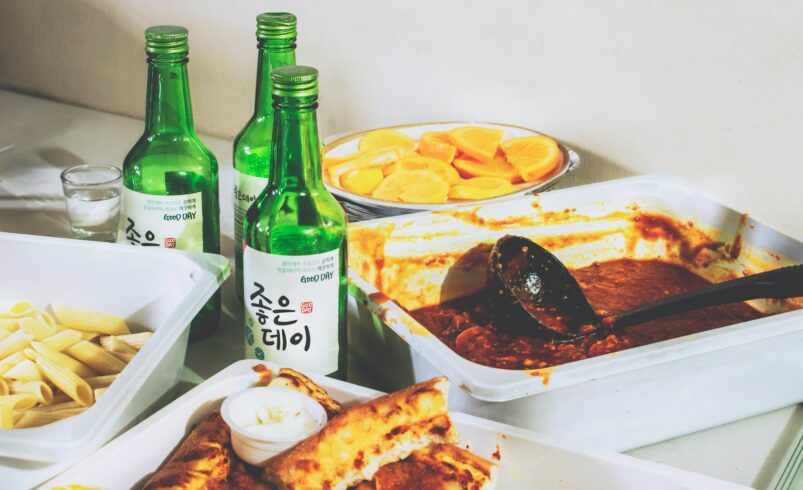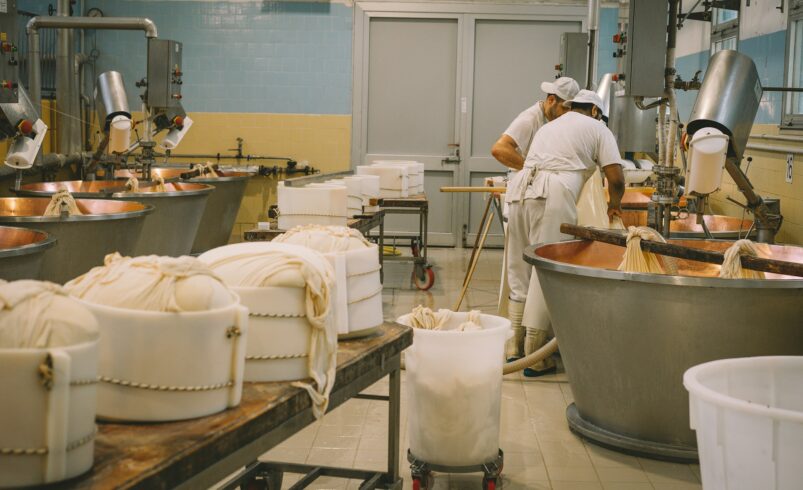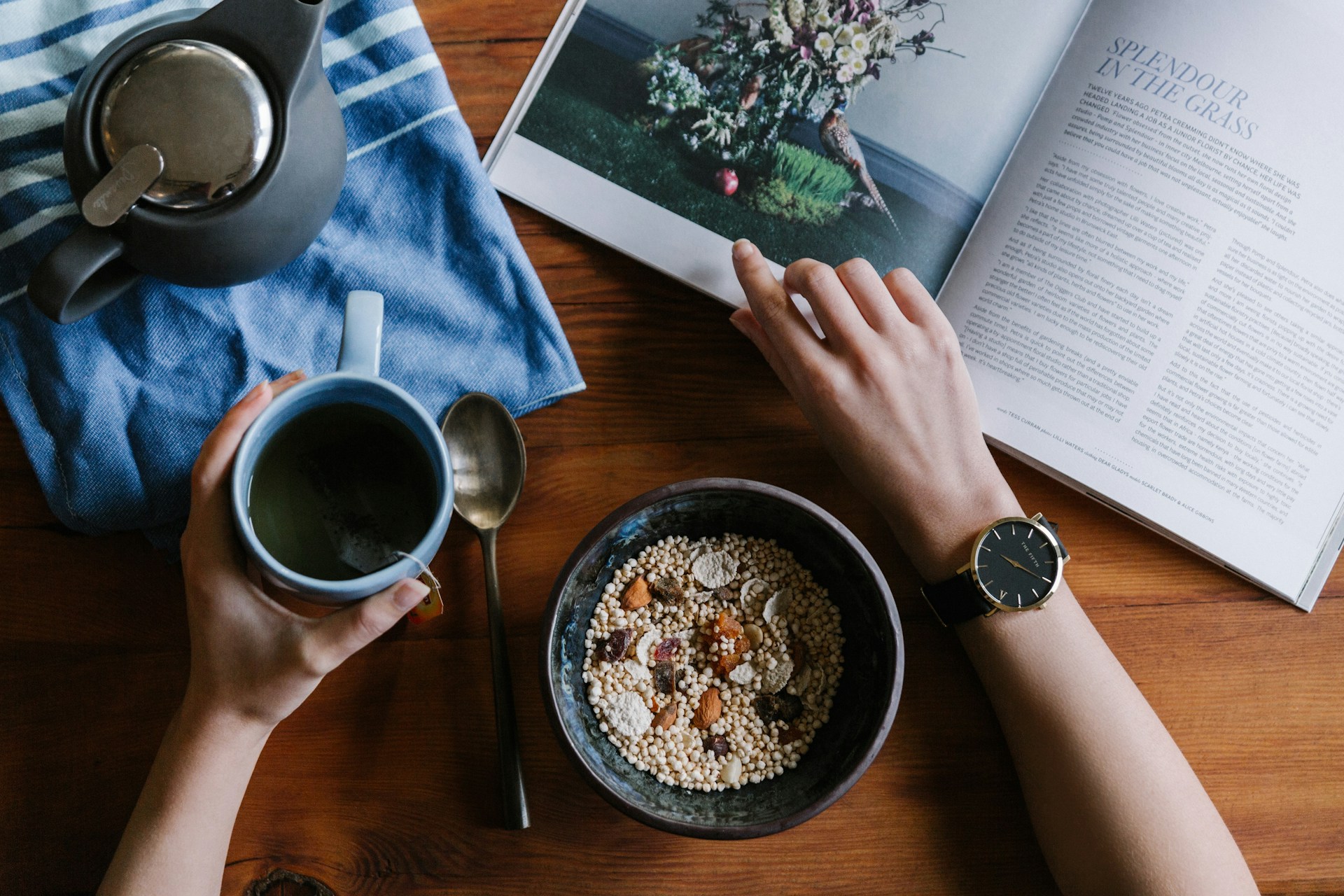Keeping leftovers can feel like a win—but mishandling them invites risk. Every year, millions of people experience foodborne illnesses linked to improper storage, handling, or reheating of leftovers at home. Whether you’re working in food manufacturing or cooking for your family, understanding the correct steps for leftover safety is essential for foodborne illness prevention. This blog breaks down everything you need to know to keep your leftovers safe and your meals enjoyable.
You’ll walk away with practical food storage tips, clear safe reheating guidance, and a better understanding of how leftover safety connects to broader food manufacturing practices. By following these steps, you’ll protect your health and reduce food waste with confidence.
Understanding the Risks in Handling Leftovers
How Foodborne Illnesses Happen at Home
When foods are left at unsafe temperatures or stored improperly, bacteria like Salmonella and E. coli multiply quickly. Some bacteria grow best in what food scientists call the “danger zone”—temperatures between 40°F and 140°F (4°C and 60°C). Leaving leftovers out too long or not reheating them properly can provide perfect conditions for these pathogens to thrive.
Recognizing Signs of Spoilage
While not all spoiled food will show visible changes, warning signs often include:
- Unusual odors
- Slimy or sticky texture
- Discoloration
If you notice any of these changes, discard the food.
Choosing the Right Storage Methods for Leftovers
Best Containers for Freshness
Selecting airtight, food-grade containers is crucial for leftover safety. Look for containers labeled “BPA-free” or made of glass or stainless steel. These help prevent moisture and bacteria from entering.
Food Storage Tips for Peak Safety
- Label leftovers with the date so you can track freshness.
- Keep the refrigerator at or below 40°F (4°C).
- Store leftovers in small, shallow containers to allow rapid, safe cooling.
- Avoid stacking warm items closely, which can trap heat and speed up spoilage.
Timing Matters When Refrigerating and Freezing
The Two-Hour Rule
Refrigerate or freeze leftovers within two hours of cooking. If outdoor temperatures are over 90°F (32°C), that window drops to just one hour.
How Long Can You Keep Leftovers?
- Refrigerator (below 40°F/4°C): Most leftovers are safe for 3–4 days.
- Freezer (0°F/-18°C or lower): Leftovers keep their quality for up to 2–6 months, though they remain safe much longer if kept frozen solid.
Special Rules for Meat and Dairy
Leftovers containing meat, poultry, seafood, eggs, or dairy can spoil faster. Prioritize consuming these within two days.
Safe Reheating Methods That Protect Your Health
Heat Thoroughly to the Right Temperature
Always reheat leftovers to at least 165°F (74°C). Use a food thermometer for accuracy. Stir foods while reheating to ensure even temperature distribution.
Using a Microwave Safely
- Arrange food evenly on the plate.
- Cover loosely to trap steam and heat food thoroughly.
- Rotate or stir halfway through heating.
- Test different spots in the food with a thermometer to confirm even heating.
Oven and Stovetop Tips
- Preheat ovens or pans before reheating.
- Spread food in a single layer if possible.
- Add liquids to foods that might dry out to ensure even, gentle reheating.
The Role of Food Manufacturing in Leftover Safety
How Food Manufacturers Help Prevent Foodborne Illness
Modern food manufacturing invests heavily in foodborne illness prevention, employing strict hygiene protocols, cold-chain management, and rapid processing technologies. These strategies, when mimicked at home, enhance personal leftover safety.
Key Takeaways for Home Use
- Replicate food manufacturing standards by promptly chilling leftovers.
- Keep prep and storage spaces clean, just as factories do.
- Don’t reuse containers without thorough washing.
Smart Practices to Reduce Cross-Contamination
Clean, Separate, Cook, Chill
These four habits, recommended by food safety authorities everywhere, make a difference:
- Clean hands and surfaces before and after handling food.
- Separate raw and cooked foods in storage and prep.
- Cook foods thoroughly the first time.
- Chill leftovers quickly and correctly.
Preventing Contamination at Every Stage
Wipe down counters, use different utensils for raw and cooked dishes, and change refrigerator liners regularly. When transporting leftovers, always use insulated bags with cold packs.
When in Doubt, Throw It Out
Signs It’s Time to Discard Leftovers
Even the best storage and reheating practices cannot save food that’s already begun to spoil. Discard anything:
- Older than four days in the fridge
- Showing visible mold or off odors
- That has been left out at room temperature for more than two hours
Preventing Food Waste and Illness
While it’s frustrating to toss food, nothing outweighs your health. Compost what you can, but always prioritize safety over frugality.
Next Steps for a Healthier Kitchen
Understanding leftover safety doesn’t just protect your next meal; it helps cultivate lifelong habits for foodborne illness prevention. Routine application of these food storage tips, safe reheating methods, and cross-contamination prevention strategies will make your kitchen safer, whether you’re preparing meals for yourself or involved in food manufacturing.
Invest in a reliable set of containers and a food thermometer this week. Start labeling your leftovers and setting a calendar reminder to check your fridge every few days. These small steps build your confidence and ensure every bite you save is as safe as it is delicious.










